They’re two helpful calibers, however which one wins?
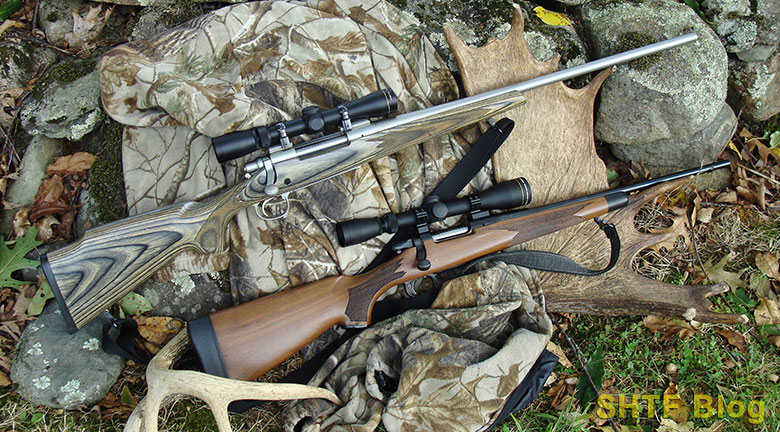
Given my prior comparability articles, it appears time for the inevitable .308 vs .30-06 comparability. Throughout a number of earlier posts, the .308 Winchester was in comparison with the ever present .223 Remington (5.56 NATO), the latest .300 Blackout, and the venerable .30-30 Winchester (deer looking particular). Thus, it appears solely becoming that the .308’s mother or father cartridge ought to obtain the identical remedy – none apart from the near-immortal .30/06 Springfield. Because it seems, its considerably shorter offspring didn’t fall removed from the tree.
Each have a prolonged sufficient observe file that their efficiency has been debated close to advert nauseam, so this put up takes a unique tack. For essentially the most half, it’s geared in direction of those that already personal a rifle in considered one of these calibers, or folks looking for a general-purpose rifle able to firing available ammunition. To set the stage, let’s take a fast take a look at the historical past of every cartridge, each of which share the identical .30-caliber bore.
.30 Caliber Legacy
America’s love affair with .30s dates to the Nineties. First got here the brief lived .30-40 Krag cartridge, designed for the U.S. Army’s Krag Jorgensen bolt-action rifle. Subsequent got here the .30-30, launched for Winchester’s Mannequin 94 lever-action. The Krag’s stronger successor, acknowledged immediately because the .30-06, arrived quickly after. Nevertheless, it truly debuted three years earlier because the .30-03 Springfield.
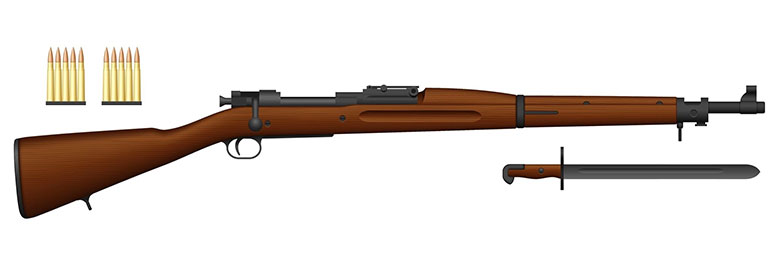
When it appeared with the brand new U.S. Mannequin 1903 Springfield Rifle, the ‘03 cartridge fired the identical heavy 220-grain round-nosed bullets because the Krag. Based mostly on the 7×57 Mauser, it shared the identical .0473” rim and cartridge case, lengthened barely to 63mm, and necked as much as .30-caliber.
However the ‘03’s blunt projectile was an ill-timed alternative. Different nations had been recognizing the benefits provided by lighter, flatter capturing pointed projectiles, which put the ’03 system in want of a ballistic improve. The expedient answer was a change to a pointed “spitzer” bullet.
.30-06 Springfield
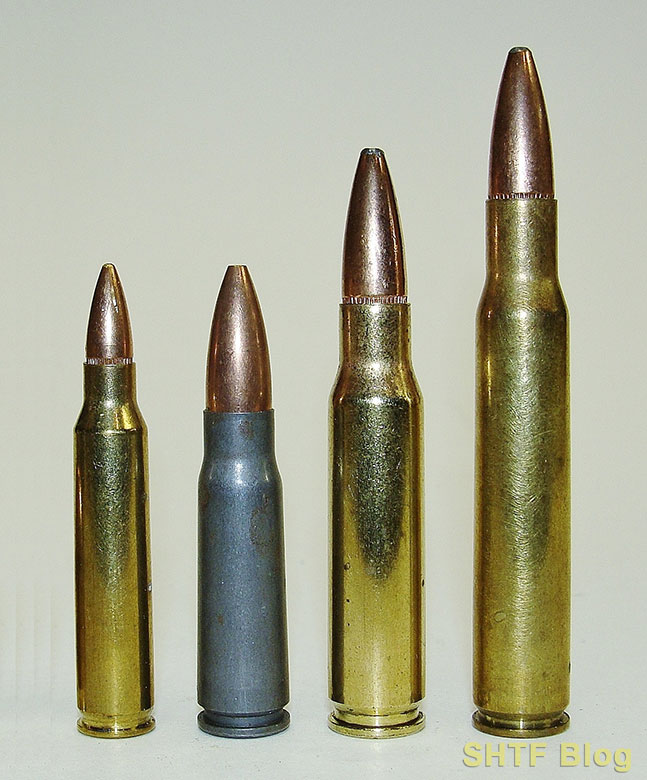
The fabled “Ought-six” is so named as a result of it developed to its current type in 1906. The ’03’s cartridge case was shortened to accommodate a brand new streamlined 150-grain “Spitzer,” producing a dramatic velocity enhance. The ‘06 model achieved 2700 toes per second (fps) – spectacular for that period, and nonetheless respectable by immediately’s requirements. After soldiering successfully via The Nice Conflict, the ‘06 garnered curiosity from sportsmen.
In the meantime, the interwar years noticed a army transition from the ’03 Springfield bolt-action to the semiautomatic M-1 Garand. By the point World Conflict Two ended, thousands and thousands of U.S. veterans had firsthand expertise with the .30-06. Thus, it was inevitable that the following wave of post-war sporting rifles can be chambered for that caliber – the period’s commonplace of high-power cartridge efficiency.
Right now the ’06 is taken into account passe in some circles however it hasn’t gotten any worse – not by an extended shot. If something, it’s improved thanks to higher bullets and extra environment friendly propellants. The ‘06 could also be “outdated”, however its velocity can match or exceed some latest .30-caliber introductions. And it might nonetheless deal with bullets as heavy as 220-grains. Extra on that shortly; in the meantime, onward to the .308 Winchester.
.308 Winchester
Though envisioned as an offshoot of the outdated .300 Savage, the .308 in its last type, was based mostly on a shortened ’06 case. Developed to be used in machineguns and the M-14 Rifle (a post-war evolution of the basic M-1 Garand), it was particularly appropriate for semi, and full-auto methods.
The brand new .30-caliber T-65 cartridge fired a 147-grain bullet at round 2800 toes per second (fps), near the ’06 through environment friendly propellants. It rapidly gained favor amongst different Chilly Conflict allies, assuming the 7.62×51 NATO designation throughout 1954.
However Winchester acknowledged its sporting potential even earlier, introducing it because the .308 Winchester in 1952. Each cartridges are virtually an identical, however army chambers are lower with a bit of additional clearance (headspace) to advertise dependable feeding in machineguns, and so on. Additionally, army rounds might have thicker brass (famous right here for handloaders).

The 7.62 NATO didn’t serve lengthy as the first U.S. rifle cartridge; through the Vietnam Conflict its sturdy M-14 host was rapidly cashed in for the extra controllable 5.56/M-16 system. Nevertheless it did get pleasure from regular development amongst civilian customers. In brief order, .308 rifles appeared in all the widespread actions from single photographs via semi-autos. And like, the ’06, it will definitely benefitted from improved bullets and powders. These days, in bullet weights of 150-grains, there’s not a complete lot of distinction velocity-wise between both caliber, nonetheless, heavy projectiles and/or brief barrels will generate decrease velocities. My chronograph data muzzle velocities nearer to 2600 fps with a number of 168-grain masses fired via 20-inch barrels.
.308 vs .30-06 – A Ballistic Comparability
Each calibers fireplace the identical .308-diameter bullets, so the driving power is their engines, the cartridge circumstances. The required size of an ‘06 case is 2.494 inches. The .308 is spec’d 2.015 inches, practically a half-inch shorter (0.470”). However the .308 resembles more moderen high-efficiency cartridges, thus, though it holds round 20% much less powder, it typically offers up lower than 10% of its mother or father’s velocity.
Concerning accuracy, the .308’s fame is justified, however the .30/06 isn’t any slouch both. When rifled with a regular 1:10 twist, the ’06 can produce surprisingly good accuracy with all the things from screaming-fast 110-grain varmint blasters to 220-grain moose thumpers.
Most .308 barrels incorporate 1:12 rifling-twists, which do a fantastic job stabilizing most bullets of 110 to 180 grains. Rising curiosity in long-range capturing has led to modern heavier projectiles (of 190 grains or extra), finest utilized in barrels with faster charges, corresponding to 1:10 – identical because the outdated ’06.
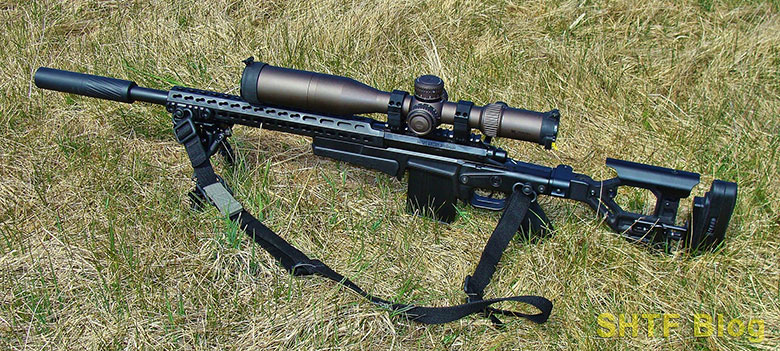
Bullet Comparability
Wanting specialised circumstances (like harmful bears), the heavyweight threshold for an ’06 is round 200 grains. Nevertheless, as a result of the most recent solid-copper increasing “monolithics” – popularized by Barnes – are powerful sufficient to penetrate like heavier lead bullets, it’s typically doable to drop a weight stage.
End result: A 180-grain Barnes TSX (or Hornady GMX) can produce comparable terminal results with much less recoil and a flatter trajectory. The identical is feasible with the .308 by transferring from 180s to deep-penetrating monolithic or bonded increasing bullets of round 165 grains.
Value noting, though immediately’s .30-caliber “premium” bullets can up the ante for each calibers, many old-school masses are nonetheless completely helpful deer looking picks. Examples embrace 150-grain Remington Core-Lokt pointed soft-points, and 150-grain Hornady American Whitetail ammunition, and so on.
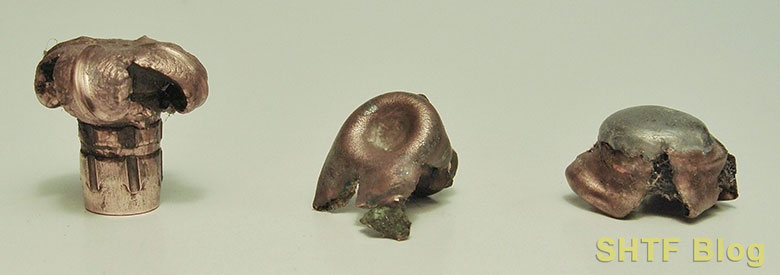
So-called premium bullets – to incorporate the well-vetted Nosler Partition and Federal’s new Terminal Ascent – could be higher selections for bigger and more durable sport animals, definitely via elk and moose. Probably, giant bears – in a pinch.
Inexpensive full metallic jacket Q-loads can be found for both caliber. Many are little doubt fired via the AR-10 platform, however they’ll work equally effectively in different .308s for punching holes in paper targets.
Velocity & Vary
Right now’s long-range rivals search the flattest-shooting calibers, however most of us nonetheless shoot effectively inside 1 / 4 mile. The basic cartridges can simply deal with that, and the .308 or ‘06 can double that distance with a rangefinder and appropriate scope. If in search of the flattest trajectories and most terminal energies, Hornady lists some intriguing Superformance masses.
Their 165-grain .30-06 SST model is listed at 3,080 fps from a 24-inch barrel – near .300 Win. Magazine. efficiency! The identical bullet, fired from a Superformance .308 is rated at 2840 fps. Different variations embrace Hornady’s monolithic GMX.
As a tough rule, the .308 Winchester lags someplace round 200 fps behind the .30-06, and the ‘06 falls roughly that quantity wanting the .300 Winchester Magnum – the higher alternative for the heaviest bullets and/or long-range capturing. However, once more, because of developments in propellants and bullets, these gaps can slim. Utilizing the usual choices – completely sufficient for many of us – not like most magnums (such because the .300 WM), a .308 or ’06 will forfeit much less velocity in a handier 22-inch barrel. These calibers will even generate much less recoil in a rifle of an identical weight.
What’s the “Greatest” Selection?
As for recoil, most average-size adults can handle a .308 or .30/06 however, if kick is a matter, Hornady’s 125-grain Customized Lites provide considerably much less recoil and usefully flat trajectories. Each are nice picks for smaller-statured deer hunters, utilizing rifles appropriate for bigger sport by switching to plain masses.
For these with entry to a .308 or .30-06
You’re greater than doubtless good-to-go. Sure, you may embrace the most recent flat-shooting cartridge craze and change to a 6.5 Creedmore, or .300 PRC – widespread picks amongst shooters reaching past the half-mile marker. Or, as famous above, simply spring for a rangefinder and range-compensating scope.
Both of the well-proven .30s could be stretched to 800 yards with these equipment – and the requisite expertise. The extras grow to be necessities if leaping aboard the lengthy vary categorical however, is the trip actually vital? Reality be instructed, for many of us in typical area situations, 300 yards is sort of a poke, particularly with a stiff crosswind.
As a sensible various, if both caliber is zeroed for 200 yards, the drop at 300-yards will probably be 9-inches or much less.
If Purchasing for One Basic Goal Rifle

In case you can stand the additional half-inch of receiver size and a pair extra ounces, a bolt-action .30-06 (like a Remington Mannequin 700) will cowl nearly any looking scenario within the decrease forty-eight. Matter of reality, some .308s are constructed off the identical “long-action” receivers to streamline manufacturing. In that case, weight being the identical, the ’06 presents heavy-bullet choices together with, maybe, some further heft to assist absorb recoil. Extra data concerning the Mannequin 700 and ’06 masses is accessible via this hyperlink.
If the target is handiness, a short-action .308 might match the invoice. Quickly after its look, some producers – amongst them Sako and Remington – started providing .308 bolt-guns with “short-action” receivers. Since then, the record has grown to incorporate quite a few light-weight sporting fashions, a few of that are constructed for left-handed shooters.
The identical stiff actions, when fitted with good heavy barrels, usually ship excellent accuracy. The .308’s average propellant costs restrict throat erosion and recoil, the reason why this caliber continues to be a regular itemizing for tack-driving HB rifles just like the SPS Tactical.

Different .308 selections cowl single-shots, lever-actions, pumps, and semiautos. Nevertheless, a number of the latter are produced utilizing ’06 actions providing no dimension or weight financial savings. One exception is the AR system: Though the .308/7.62 NATO is simply too giant to slot in an AR-15, it was designed for its bigger AR-10 brother (itself too small for the .30-06).
Right now, ARs are sometimes called “trendy sporting rifles.” For traditionalists, there’s the.308-sized Browning BLR and Henry Lengthy Ranger lever-actions. These fast-handling legal-everywhere rifles additionally feed from removable magazines, and by nature of their design, they’re southpaw pleasant picks.
Each Calibers?
Mix a 24” bolt-action .30-06 with a handier .308 and nearly all bases are coated. The ‘06’s longer barrel can wring out near-magnum efficiency with immediately’s quickest masses that add new attain in open areas. A shorter 20” carbine, fueled with fundamental .308 cartridges, makes a darned helpful woods companion. If nothing else, this technique presents an excuse to buy one other new rifle.
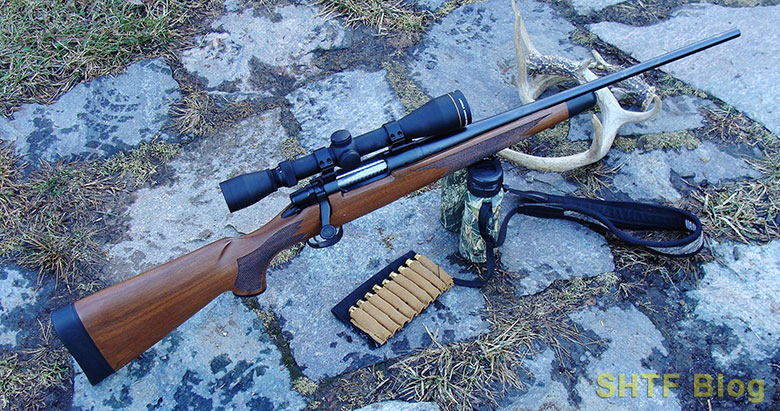
Parting Photographs
For the file, I often use quite a few “attention-grabbing” calibers. And, because of the scarcities of some (like .300 SAUM and .350 Rem Magazine), it’s a very good factor I’m set as much as reload them. Alternatively, whereas some come and go, the .308 Winchester and .30-06 Springfield constantly make the top-ten record.
This assures steady (versus discontinued or seasonal) manufacturing, leading to extra widespread distribution. As a result of each calibers are world commodities, the percentages of scoring on a field of one thing are larger just about all over the place.
Which takes us to the associated fee issue. Domestically, some major-brand .308 and .30/06 looking masses are priced at lower than $30 per field (of 20 rounds). Even once they’re accessible, many Jonny-come-lately and magnum cartridges are a complete lot costlier, with fewer choices.
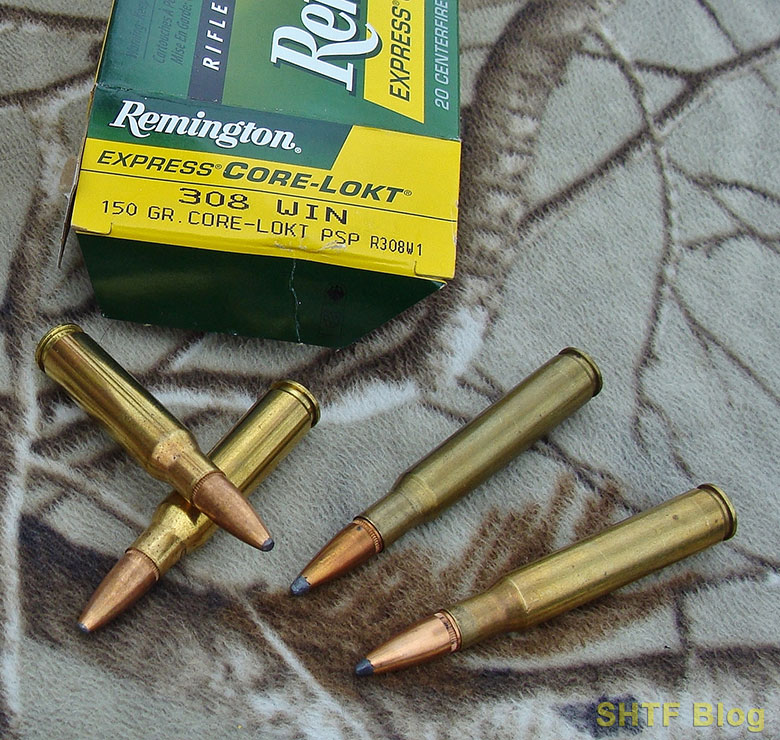
If I might solely personal one high-powered rifle it must be a .30-06. Others within the know could have totally different preferences though some might be shut relations – just like the flat-shooting .25-06 (based mostly on the ’06), or a bear-thumping .358 Winchester (a necked-up .308). Completely different strokes for various of us, and a endless topic of debate.
For extra details about centerfire rifles normally, see my e-book, Centerfire Rifles: A Purchaser’s and Shooter’s Information.

